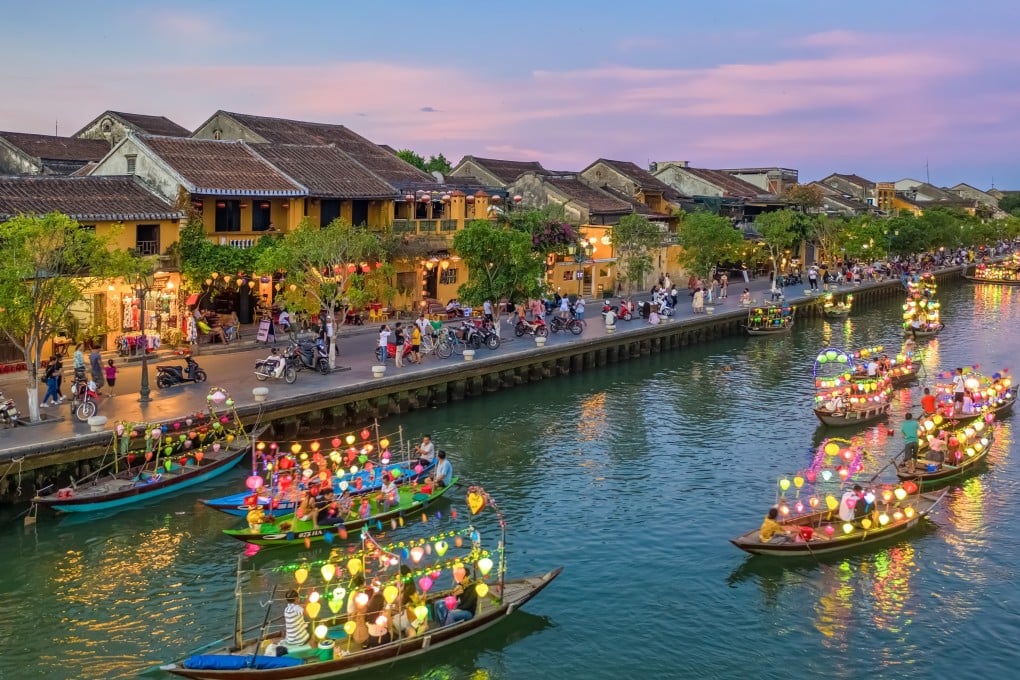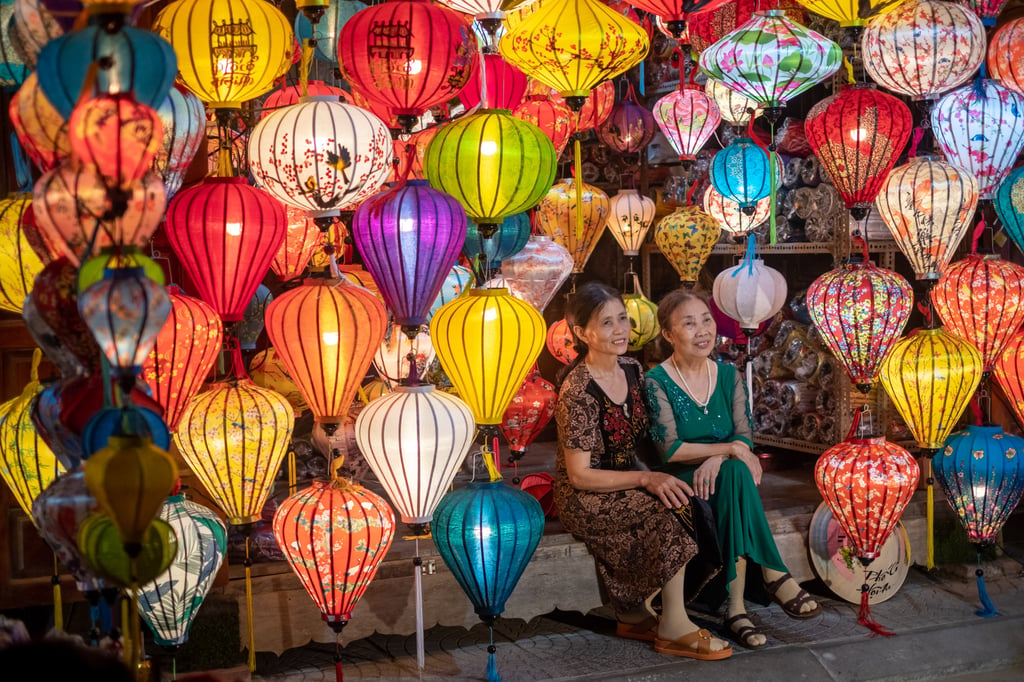Advertisement
‘People want to travel again and Hoi An is ready’: beat the rush to experience Vietnamese historic town’s many charms
- Historic town known for its mix of local, Chinese, Japanese and French architecture, and its many art shops, has seen tourists begin to trickle back this year
- The trickle will turn into a flood when Chinese can travel overseas again, so why not enjoy the town’s famous Japanese Bridge, old quarter and lanterns now?
Reading Time:5 minutes
Why you can trust SCMP

Viet Nguyen appears conflicted. The market in Hoi An, central Vietnam, is a cacophony of sounds, colours and scents. The beeping of tuk-tuk horns is constant; elderly women squat alongside stalls piled high with fruit or vegetables; a pan sizzles; a fish is gutted.
The assault on the senses is overpowering but, to Nguyen, the market seems quiet.
“A few years ago, the market used to be full of foreign visitors at this time of the morning, but now it is virtually all local people,” he says. “Now, I estimate that there are around 30 per cent of the tourists that we had back in 2019.
Advertisement
“That’s not enough for Hoi An. We need the tourists to come back again, for the jobs and the town’s economy.”

Nguyen makes his living as a tour guide in the town, which has been recognised by Unesco as a World Heritage site. And, while his professional head might crave more overseas visitors, I also get the impression that his heart has appreciated the respite the coronavirus pandemic has imposed upon Hoi An, which was booming to the point of overtourism before the pandemic.
Advertisement
Vietnam reopened its borders in March and has seen a gradual increase in travellers as they overcome lingering concerns about Covid-19.
Advertisement
Select Voice
Choose your listening speed
Get through articles 2x faster
1.25x
250 WPM
Slow
Average
Fast
1.25x